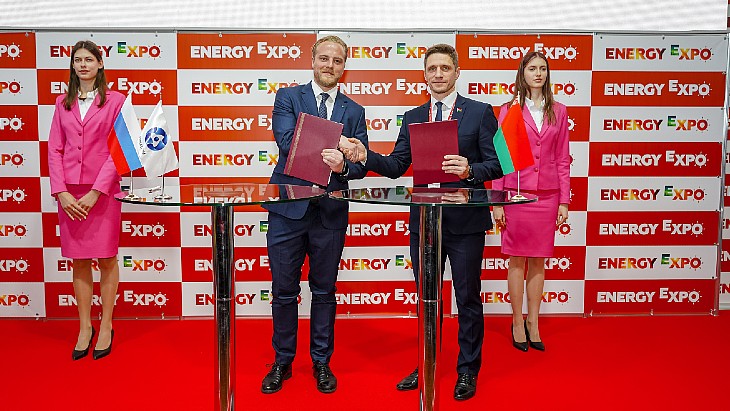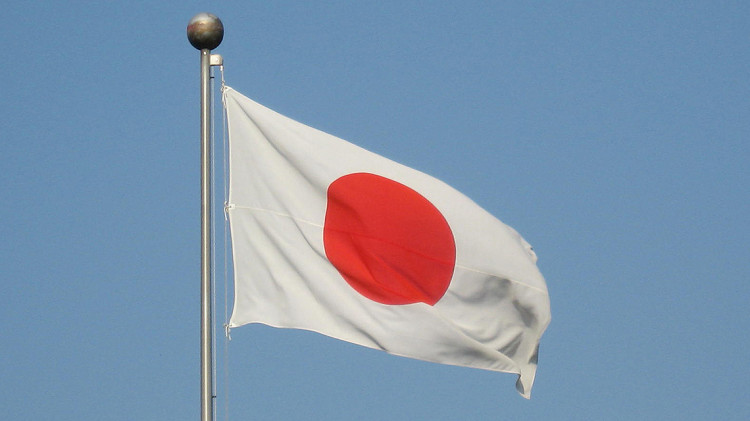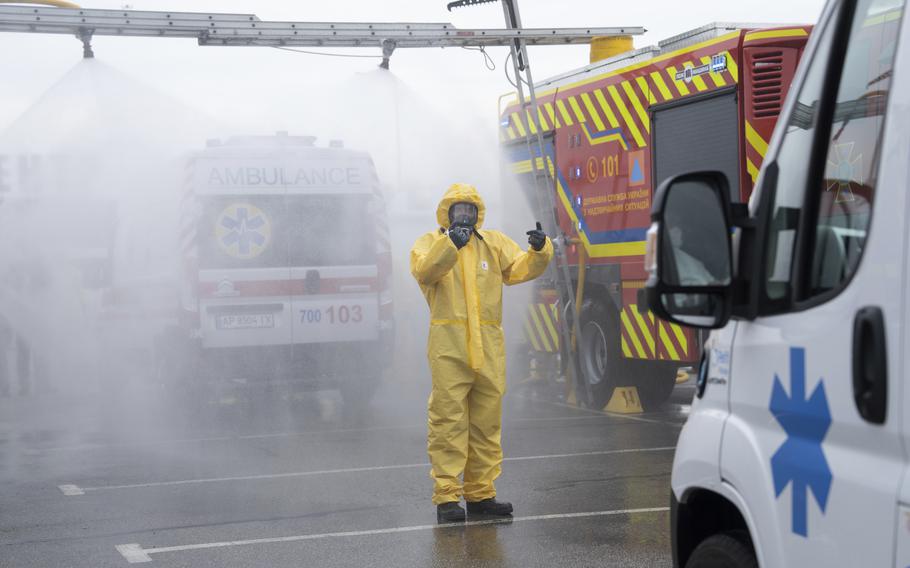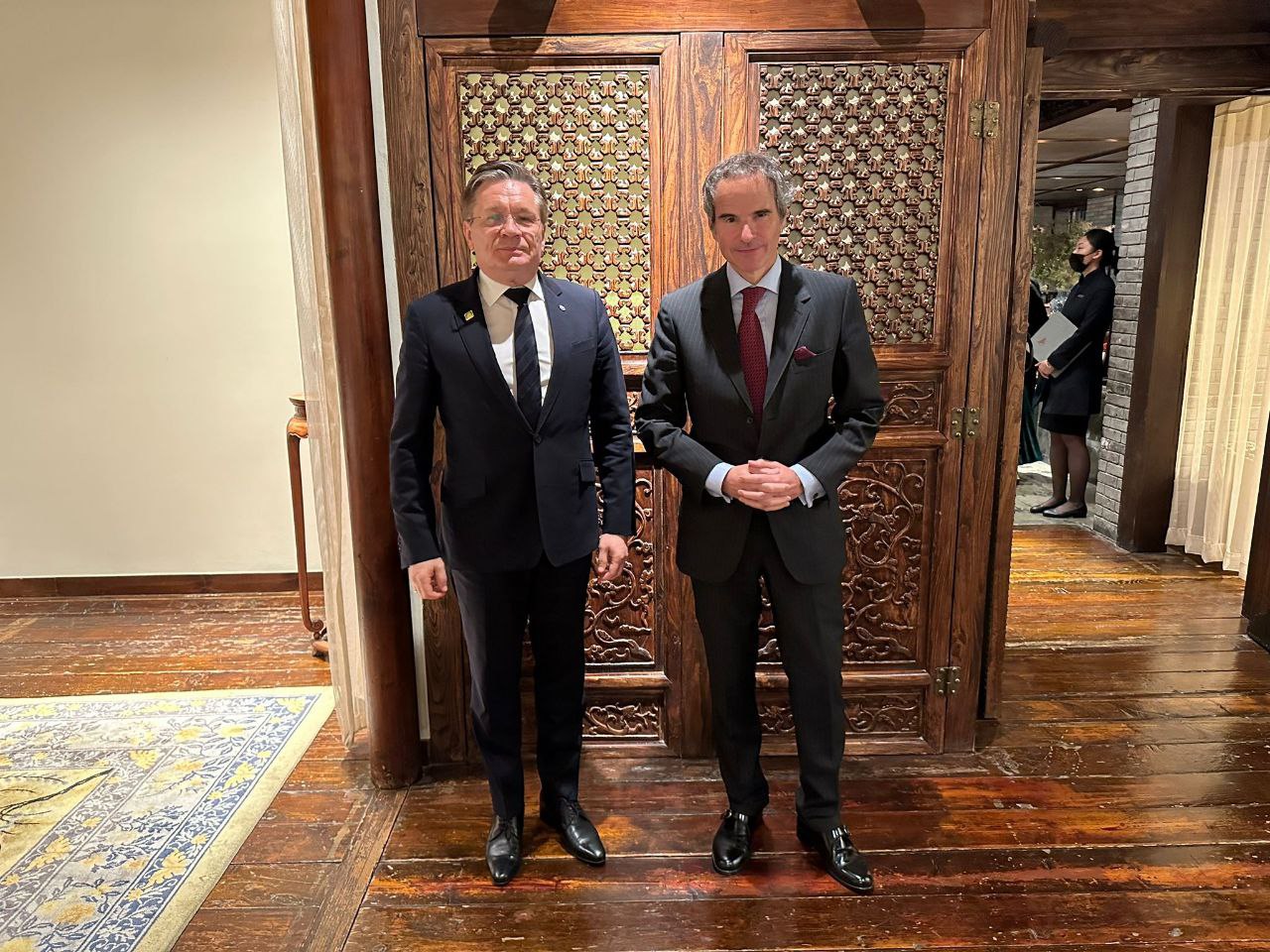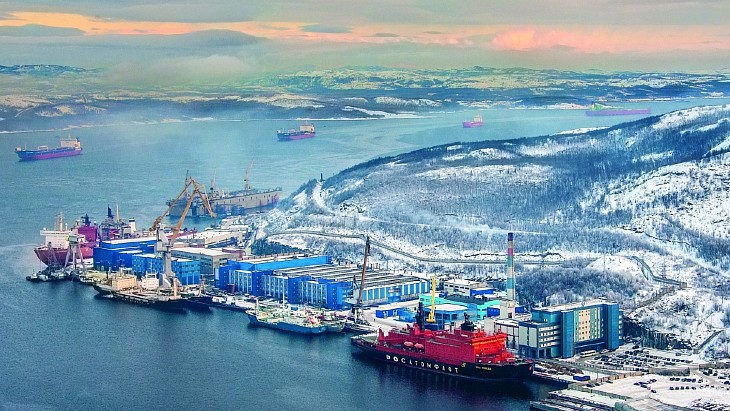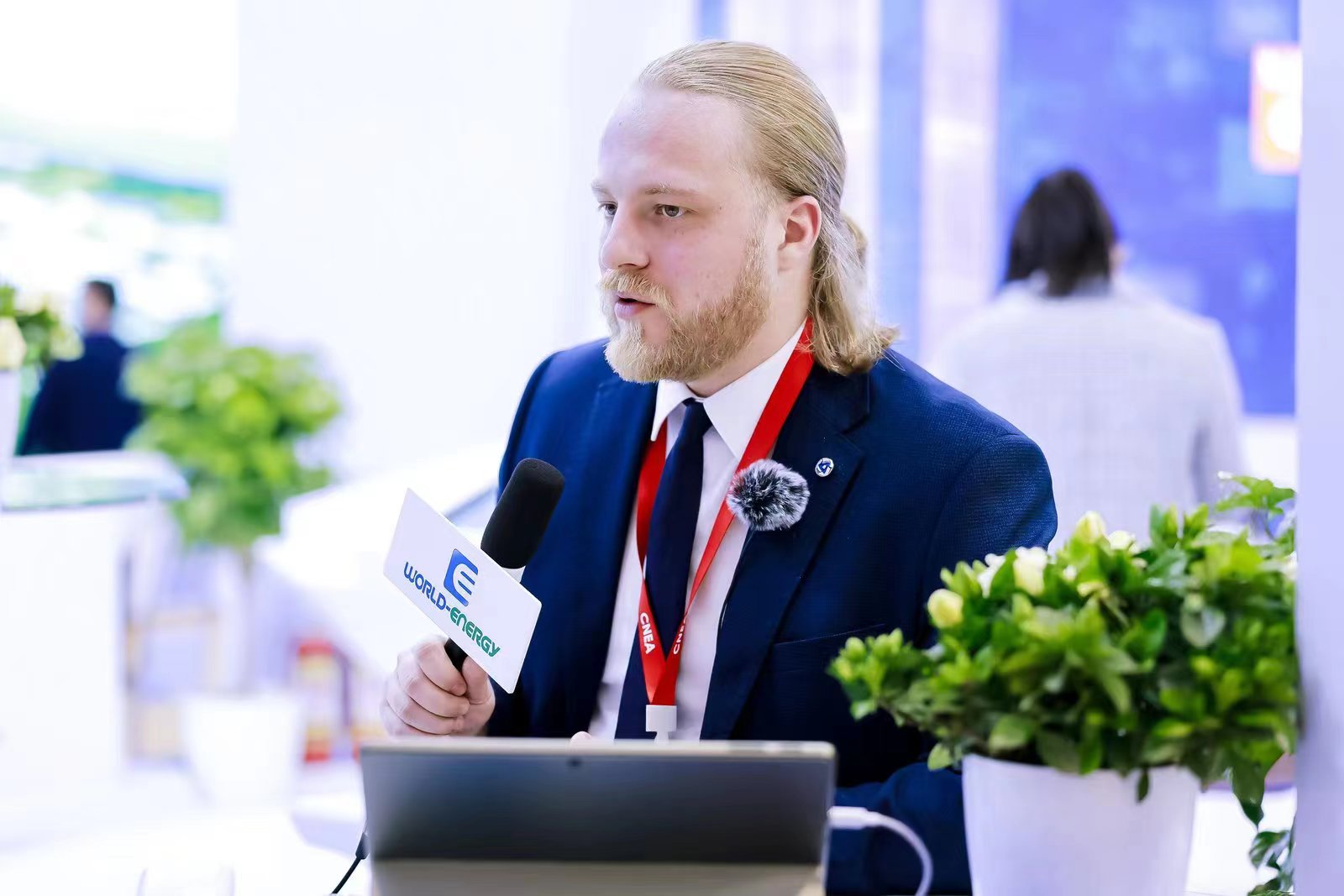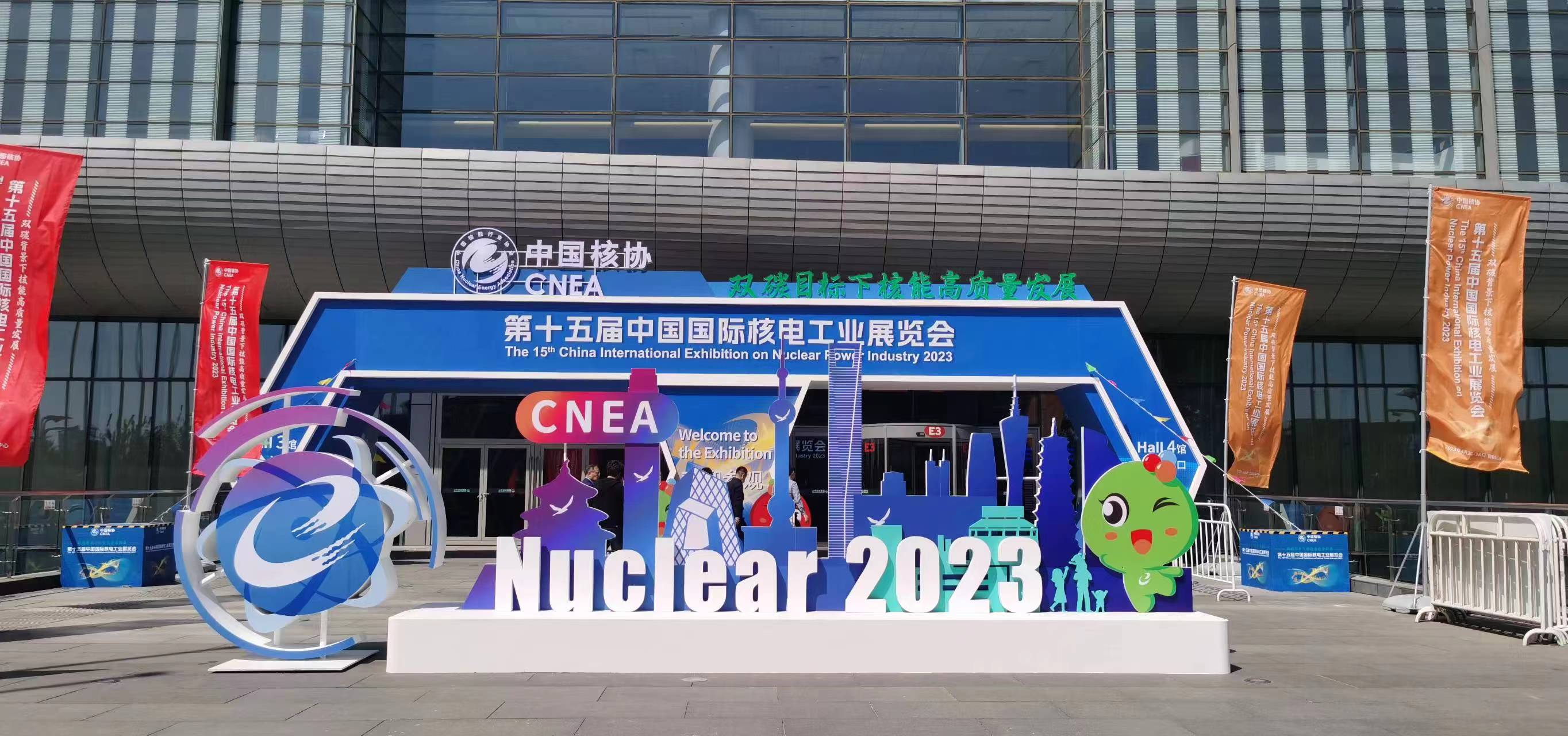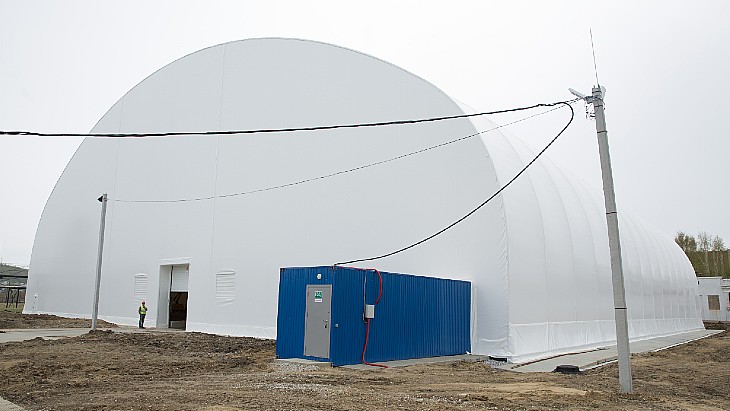
TVEL, part of Russia's state nuclear corporation Rosatom, said that as a result of the UEIP production work, over many years solid radioactive waste had been generated - "used overalls, filters of ventilation systems, sludge from the remelting of old centrifuges contaminated in the course of production activities with natural uranium radionuclides".
In all, TVEL says about 3% of UEIP radioactive wastes are classed as low-level, with the remaining 97% as very-low-level. The facility was part of the handling process for solid radioactive waste with temporary storage on the site before "subsequent trasnfer for final isolation".
Dmitry Solovyov, head of the project management and business development department for decommissioning in the Russian Federation of TVEL JSC, said: "This year, work began on the removal of accumulated radioactive waste from the storage facility, bringing them to the acceptance criteria and transferring them for final isolation to the National Operator for Radioactive Waste Management ... after the accumulated waste is removed, the storage facility is planned to be liquidated with work to rehabilitate the territory of its location to the state of a 'green lawn'."
The current decommissioning project is being carried out within the framework of the Russian federal programme 'Ensuring Nuclear and Radiation Safety for 2016-2020 and for the period up to 2035'.
UEIP is part of the Novouralsk Industrial Cluster. The first product, enriched uranium, was obtained in November 1949 by the diffusion method. It has been using gas centrifuge technology since 1962 and, according to TVEL, now has "about 50% of Russian and about 20% of the world's industrial capacities for the separation of uranium isotopes".
In 2016, Russia put into operation its first near-surface final nuclear waste repository for solid low- and intermediate-level radioactive waste in Novouralsk to store waste generated by Ural Electrochemical Combine. It is a reinforced concrete structure 140 metres long, 24 metres wide and built at a depth of 7 metres and is designed to store up to 15,000 cubic metres for up to 300 years.
